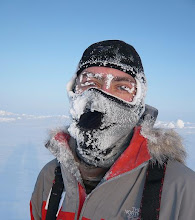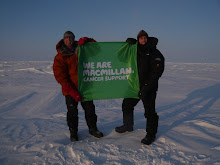
Tyne North Training (TNT) have agreed a sponsorship deal with me for the trip. This is a fantastic joint opportunity to help get me to the North Pole. As a former TNT apprentice engineer I'll be acting as an ambassador for the organisation to motivate and inspire other ordinary people to achieve extraordinary things.
My Dad, Ron Mitten, sat on the TNT Executive Board, so I'm over the moon that they have decided to support the cause by becoming my main sponsor. I'm sure Ronnie will be toasting them with a glass of single malt from above!
I still need to raise a significant sum to fund the trip, aside from the £50,000 target that needs to go to Macmillan - not to subside the trip - so if anyone reading this blog is interesting in becoming a corporate sponsor, please contact me.
It looks like we have significant media interest in the expedition. We've already generated coverage in The Evening Chronicle and on bdaily. Click here to read the arrticle.
















